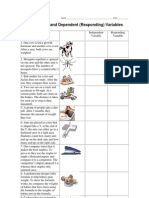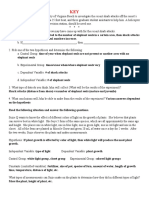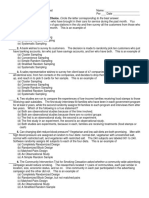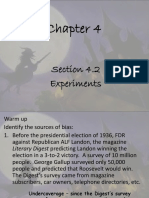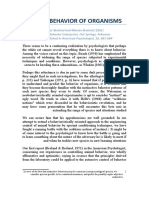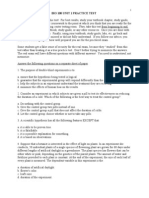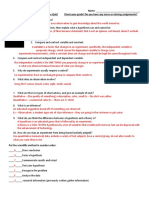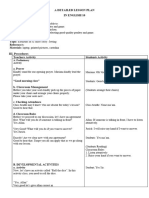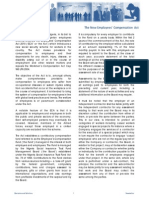0% found this document useful (0 votes)
9 views6 pagesReading Passage
The document presents a series of practice questions related to studies on heart disease and the behavior of stickleback fish. It includes statistical findings from a heart disease study involving men and women, as well as experiments observing the mating behavior of male sticklebacks. The questions test comprehension of the studies' results and the scientific principles demonstrated through experiments.
Uploaded by
Andrew KyawCopyright
© © All Rights Reserved
We take content rights seriously. If you suspect this is your content, claim it here.
Available Formats
Download as PDF, TXT or read online on Scribd
0% found this document useful (0 votes)
9 views6 pagesReading Passage
The document presents a series of practice questions related to studies on heart disease and the behavior of stickleback fish. It includes statistical findings from a heart disease study involving men and women, as well as experiments observing the mating behavior of male sticklebacks. The questions test comprehension of the studies' results and the scientific principles demonstrated through experiments.
Uploaded by
Andrew KyawCopyright
© © All Rights Reserved
We take content rights seriously. If you suspect this is your content, claim it here.
Available Formats
Download as PDF, TXT or read online on Scribd
/ 6




